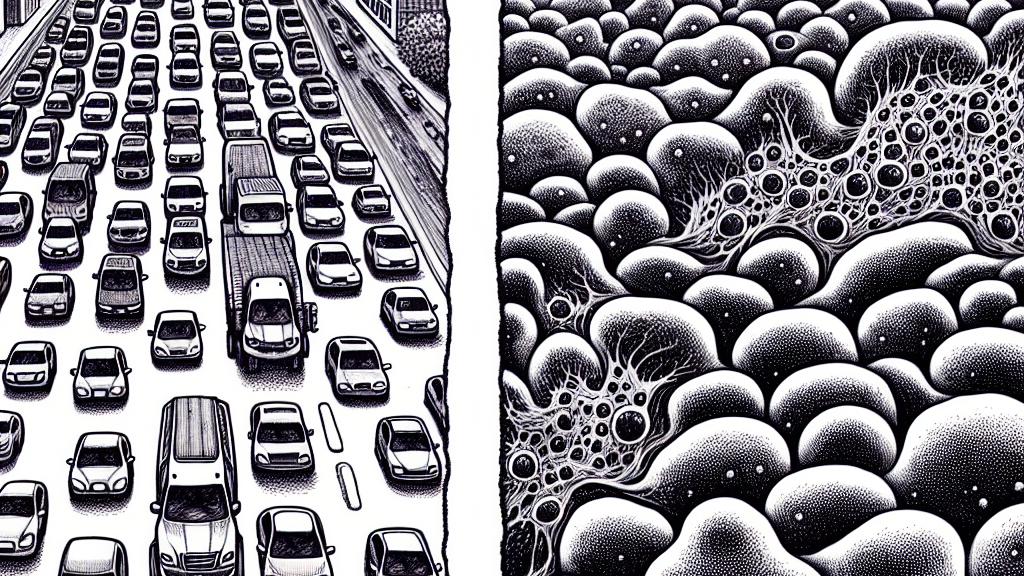Advancements in Tissue Engineering Through Cell Density Control
Overview
- Explore how cell density dramatically influences tissue structure and function.
- Discover the power of synthetic circuits in fine-tuning cellular behavior.
- Uncover transformative applications in drug testing and regenerative medicine.

The Crucial Influence of Cell Density on Tissue Development
Cutting-edge research emerging from the United States underscores the pivotal role of cell density in the intricate process of tissue formation. To visualize this, imagine a busy highway—a high density of cars leads to different behaviors compared to a sparsely populated road. Similarly, scientists found that mouse cells exhibit a range of behaviors based on how densely they are packed together. This captivating discovery serves as a game-changer in tissue engineering, revealing that manipulating cell density can guide the formation of synthetic tissues in remarkable ways. The implications are profound, potentially revolutionizing fields such as organ transplantation and drug development by creating environments that mimic natural tissue more accurately.
Leveraging Synthetic Circuits for Enhanced Cellular Communication
A key innovation in this research involves a synthetic cellular communication system known as 'synNotch.' Think of it as a sophisticated control panel for cells, empowering them to respond swiftly to changing conditions. By integrating this system into mouse connective and stem cells, researchers can selectively activate specific genes using external signals. Interestingly, the use of fluorescence enables scientists to visibly track these cellular responses, turning what could be a mundane experiment into a vibrant visual spectacle. Moreover, they discovered that even genetically identical cells produced varied results based on their environment, reminiscent of how different artists might interpret the same musical score uniquely. This variability amplifies the complexity of cellular interactions and underscores the importance of understanding how environmental factors can shape cell behavior.
Predictive Models Leading the Charge in Tissue Engineering Innovation
Advancing further, researchers have embraced predictive computational models that simulate and elucidate cell behavior in response to density changes. Picture this as a high-tech weather forecasting system, where scientists can anticipate how cells will behave under different conditions. By utilizing such models to analyze a multitude of scenarios, the research team was able to generate predictable tissue patterns, paving the way for unprecedented advancements in medical applications. Imagine the future where synthetic tissues could not only enhance drug testing accuracy but also improve the efficacy of organ transplants. The prospects are electrifying; these innovations promise to transform the landscape of regenerative medicine dramatically, showcasing how the art of cell density manipulation can lead to groundbreaking solutions in healthcare.

Loading...